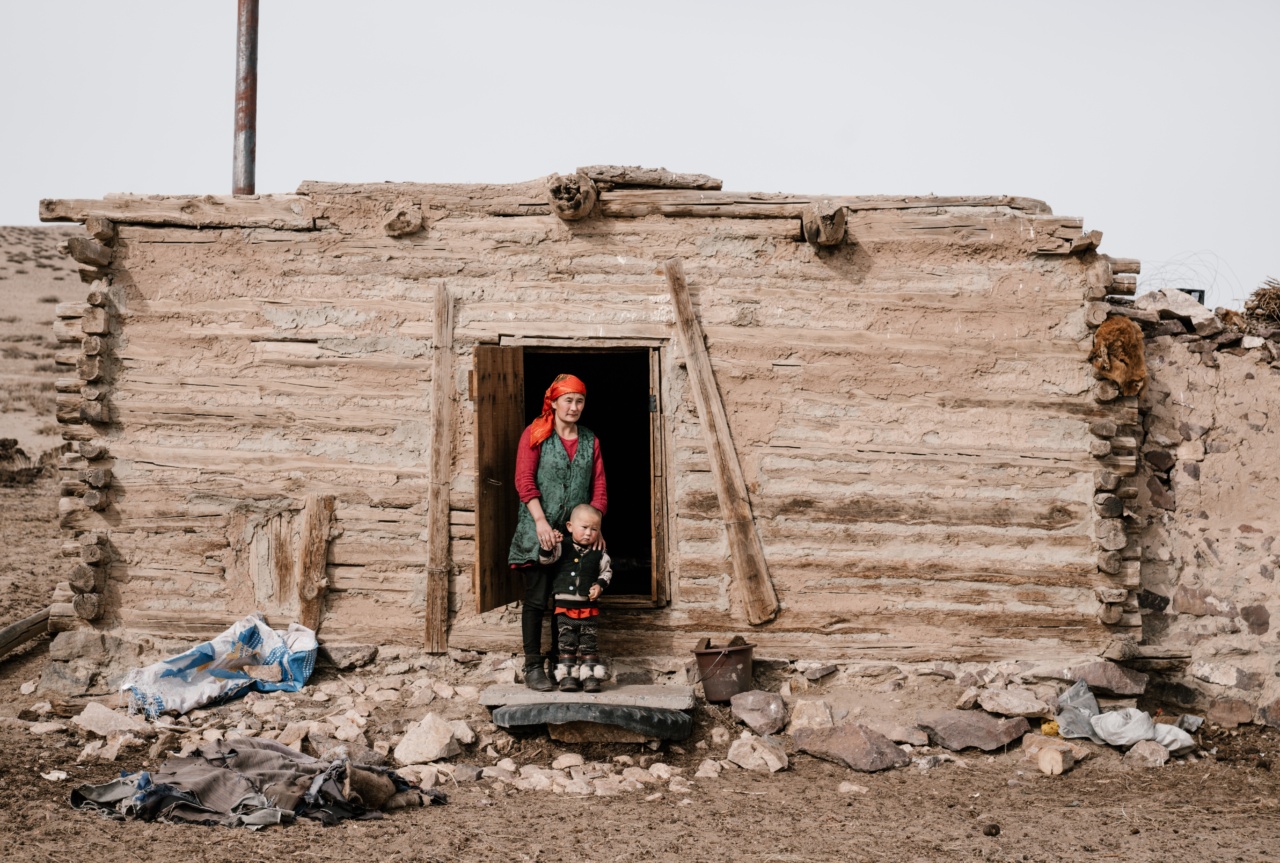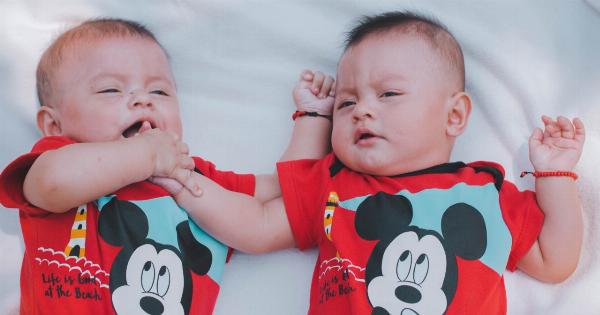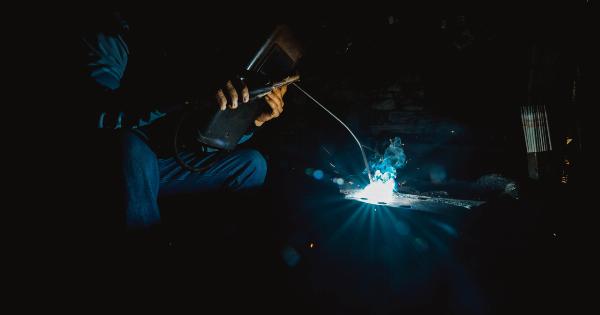Neonatal and childhood aidiomipitis are serious conditions that can affect infants and young children. Parents need to be aware of the signs and symptoms of these conditions so they can take prompt action to get the right treatment for their child.
What is Neonatal and Childhood Aidiomipitis?
Neonatal aidiomipitis is a bacterial infection that affects newborns. The infection can occur in the first few days of life and can be life-threatening if not treated promptly.
Childhood aidiomipitis is an infection that affects children between the ages of one and 15 years. The infection can occur on its own or as part of a more serious illness such as pneumonia or meningitis.
Causes of Neonatal and Childhood Aidiomipitis
The main cause of neonatal aidiomipitis is Streptococcus agalactiae, which is a type of bacteria that can be transmitted from the mother during delivery.
Childhood aidiomipitis can be caused by a variety of bacteria, including Streptococcus pneumoniae, Haemophilus influenzae, and Staphylococcus aureus.
Symptoms of Neonatal and Childhood Aidiomipitis
The symptoms of neonatal and childhood aidiomipitis can vary depending on the type of bacteria causing the infection and the age of the child. In neonatal aidiomipitis, symptoms can include fever, poor feeding, lethargy, and a high-pitched cry.
In childhood aidiomipitis, symptoms can include fever, chills, headache, stiff neck, and vomiting.
Diagnosis of Neonatal and Childhood Aidiomipitis
Diagnosis of neonatal and childhood aidiomipitis is typically made based on the child’s symptoms and a physical examination.
Blood tests, urine tests, and imaging studies such as X-rays or CT scans may also be used to confirm the diagnosis and identify the specific bacteria causing the infection.
Treatment of Neonatal and Childhood Aidiomipitis
Treatment of neonatal and childhood aidiomipitis typically involves antibiotics to kill the bacteria causing the infection. In some cases, hospitalization may be necessary to provide intravenous antibiotics or supportive care.
In severe cases, surgery may be necessary to drain any abscesses or remove infected tissue.
Prevention of Neonatal and Childhood Aidiomipitis
Prevention of neonatal aidiomipitis involves screening pregnant women for Group B Streptococcus and providing antibiotics during delivery if necessary.
For childhood aidiomipitis, vaccination against common bacterial causes such as Streptococcus pneumoniae and Haemophilus influenzae can help prevent the infection from occurring.
Complications of Neonatal and Childhood Aidiomipitis
If left untreated, neonatal and childhood aidiomipitis can lead to serious complications such as sepsis, meningitis, and brain abscesses. In severe cases, these complications can be life-threatening.
When to Seek Medical Attention
Parents should seek medical attention if their newborn or young child has a fever, appears lethargic or unresponsive, has difficulty feeding or breathing, or has any other concerning symptoms.
Prompt treatment is essential to prevent serious complications and improve the chances of a full recovery.
Conclusion
Neonatal and childhood aidiomipitis are serious conditions that require prompt diagnosis and treatment. Parents should be aware of the signs and symptoms of these infections and seek medical attention if they suspect their child may be affected.
In addition, vaccination and screening during pregnancy can help prevent the occurrence of neonatal and childhood aidiomipitis.





























